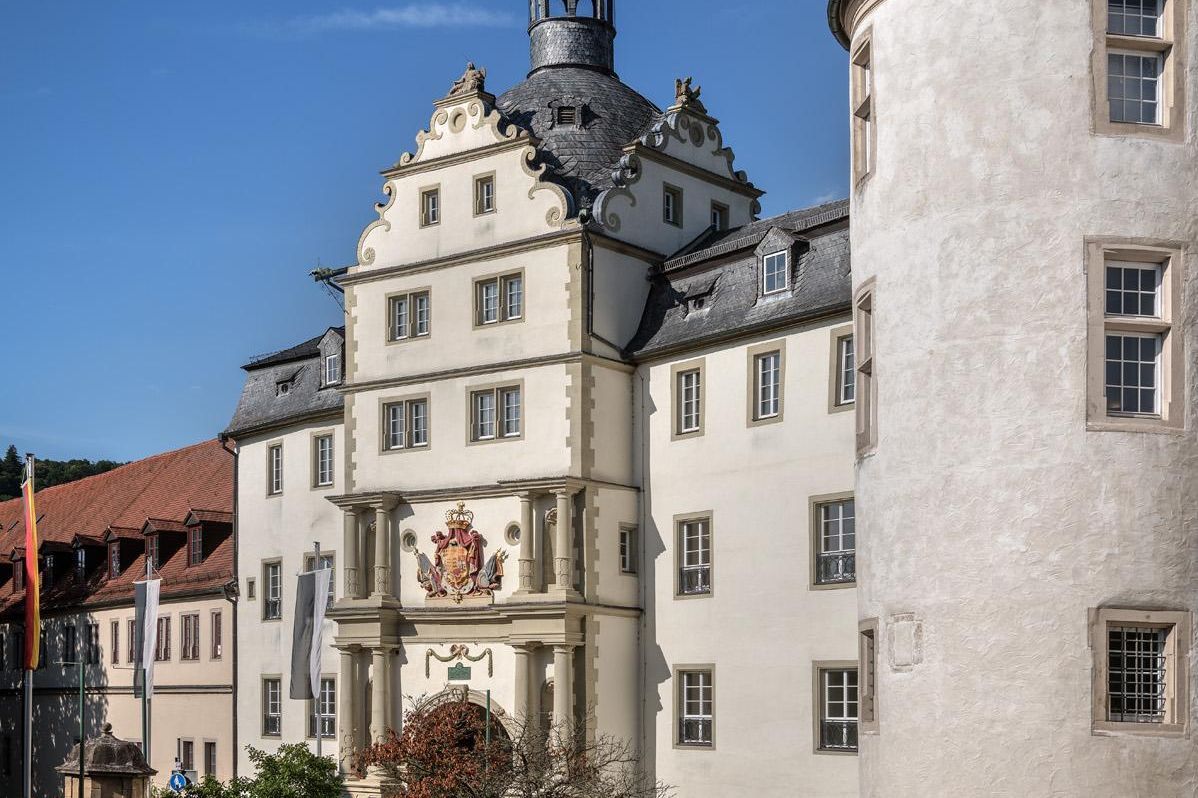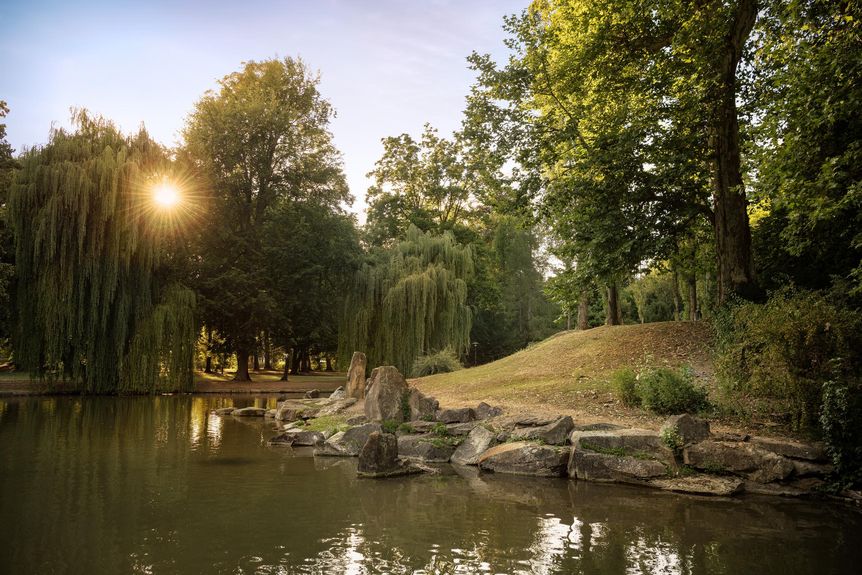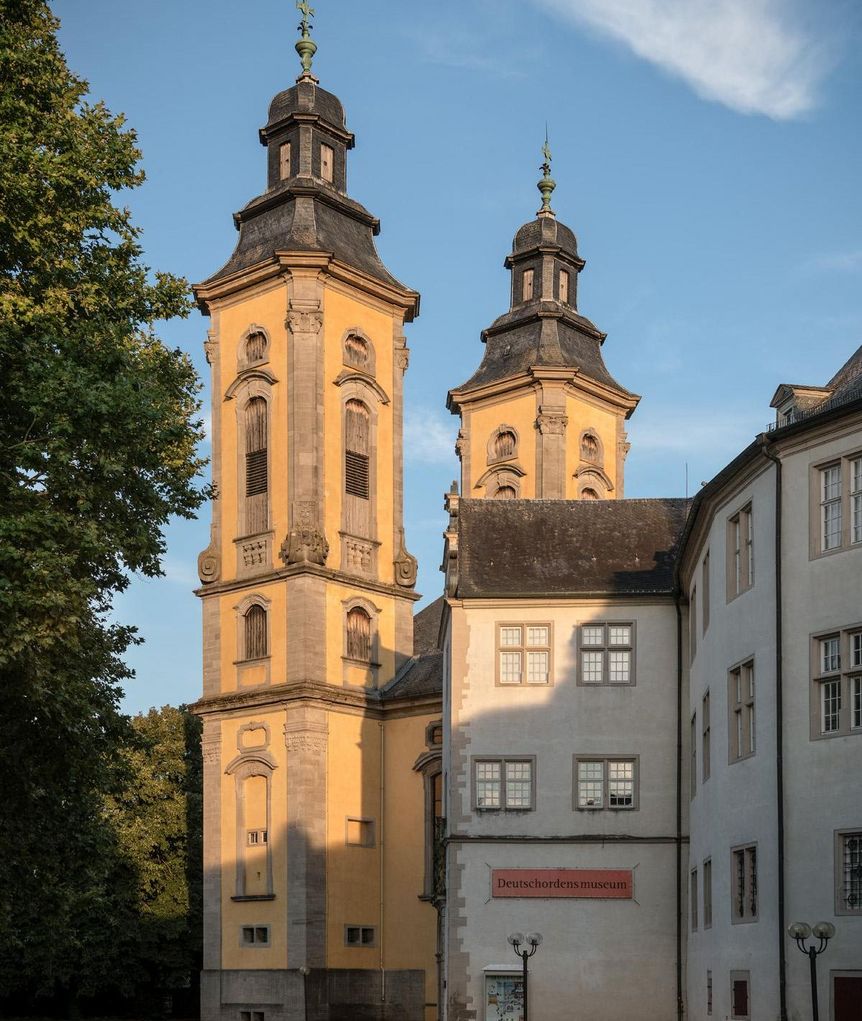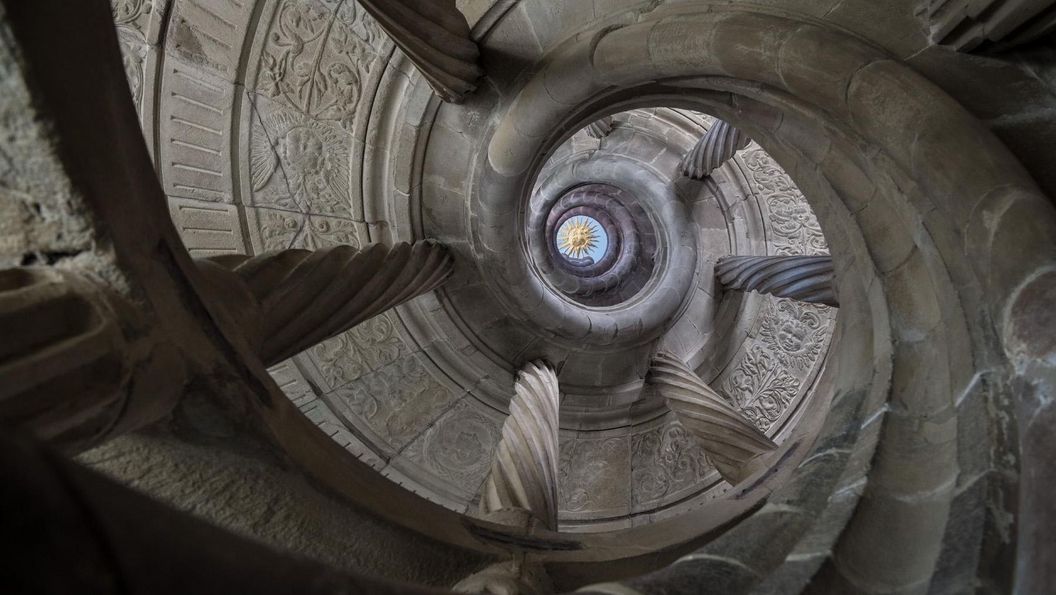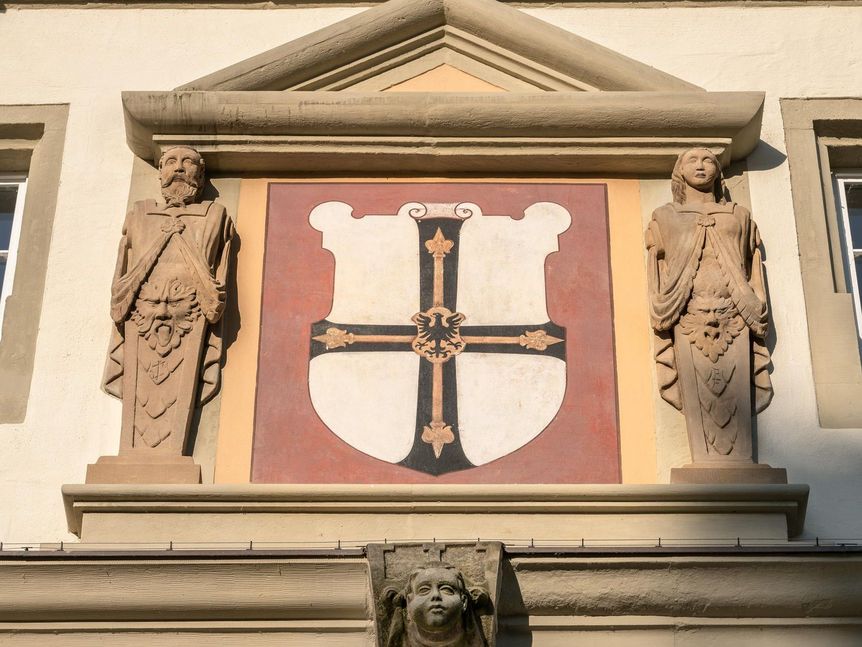The Museum of the Teutonic Order and Its Illustrious HistoryMergentheim Residential Palace
For centuries, the palace in Bad Mergentheim (Residenzschloss Mergentheim) was the residence of the Grand Masters of the Teutonic Order. The monumental complex still fascinates visitors to this day. See the exhibition and delve into more than 825 years of history surrounding the Teutonic Order.



